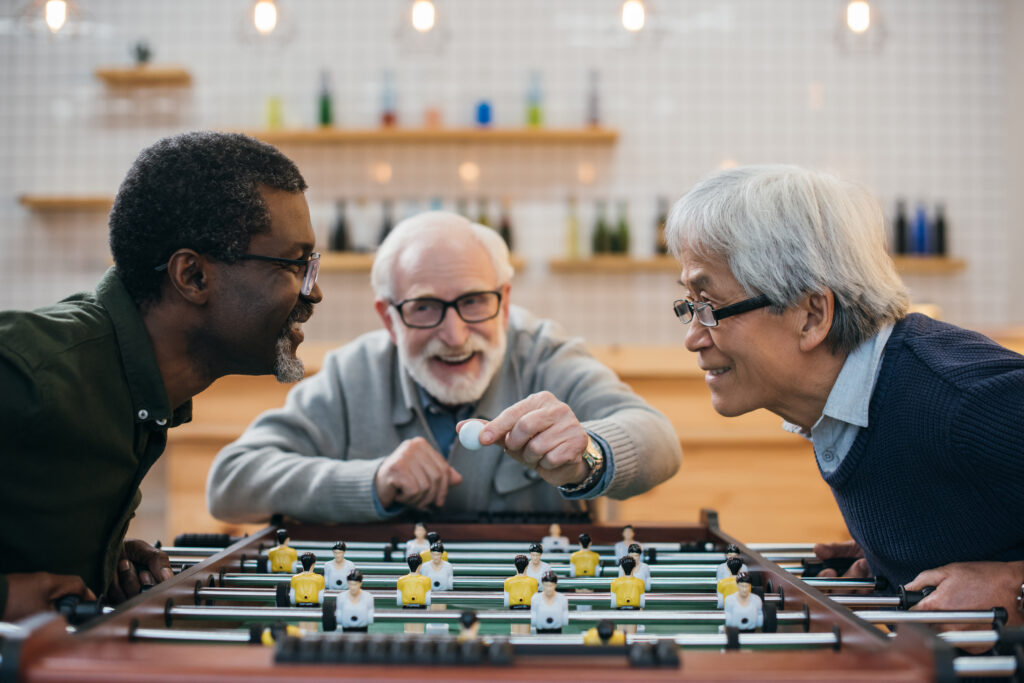Creating a familiar pathway for a dementia patient to follow indoors is crucial for their safety and comfort. This can be achieved by making a few simple changes to the home environment. Here are some practical tips to help you create a supportive and easy-to-navigate space.
## Design for Familiarity
To create a sense of familiarity, it’s important to maintain the existing layout and decor of the home as much as possible. This includes keeping personal items and family photos in their usual places. Avoid making significant changes to the furniture arrangement, as this can cause confusion and disorientation.
## Ensure Clear Navigation
Clear pathways are essential for preventing falls and confusion. Here are a few ways to ensure that the pathways in your home are clear and easy to navigate:
– **Remove Clutter**: Keep floors and surfaces free from clutter and obstacles. This will help prevent tripping hazards and make it easier for the person to move around.
– **Use Signage and Visual Cues**: Label doors, cupboards, and other important areas with clear signs or visual cues. This can include color-coding different rooms or areas to help with orientation.
– **Contrasting Colors**: Use contrasting colors to highlight important features like handrails, light switches, and door handles. This makes them easier to see and use.
## Prioritize Safety
Safety is a top priority when creating a familiar pathway. Here are some safety measures you can implement:
– **Install Grab Bars**: Place grab bars in strategic locations like bathrooms and staircases to provide support and prevent falls.
– **Secure Doors and Hazardous Items**: Use locks or alarms on doors to prevent wandering, and secure hazardous items like sharp objects and cleaning supplies.
## Create Soothing Sensory Experiences
Creating a calming environment can help reduce anxiety and stress. Here are some ways to incorporate soothing sensory experiences into the home:
– **Calming Colors and Textures**: Use calming colors on walls and incorporate soft textures through furniture and rugs.
– **Gentle Lighting**: Install gentle lighting that is easy on the eyes and helps reduce confusion.
– **Sensory Items**: Use sensory items like memory boxes, scented candles, or music players to evoke positive memories and emotions.
## Encourage Routine and Autonomy
Maintaining a consistent daily routine can help reduce stress and confusion. Here are some ways to encourage routine and autonomy:
– **Consistent Daily Routines**: Establish a regular daily schedule for meals, activities, and rest.
– **Allow Choices**: Allow the person to make simple choices about meals, clothing, or activities to support their independence.
## Incorporate Interactive Spaces
Creating spaces for hobbies and activities can help stimulate the mind and body. Here are some ideas for interactive spaces:
– **Hobby Areas**: Set up spaces for hobbies like knitting, painting, or gardening.
– **Safe Kitchen Area**: Create a small, safe kitchen area where the person can engage in simple cooking tasks under supervision.
By implementing these strategies, you can create a familiar and supportive pathway for a dementia patient to follow indoors, enhancing their comfort, safety, and overall quality of life.



